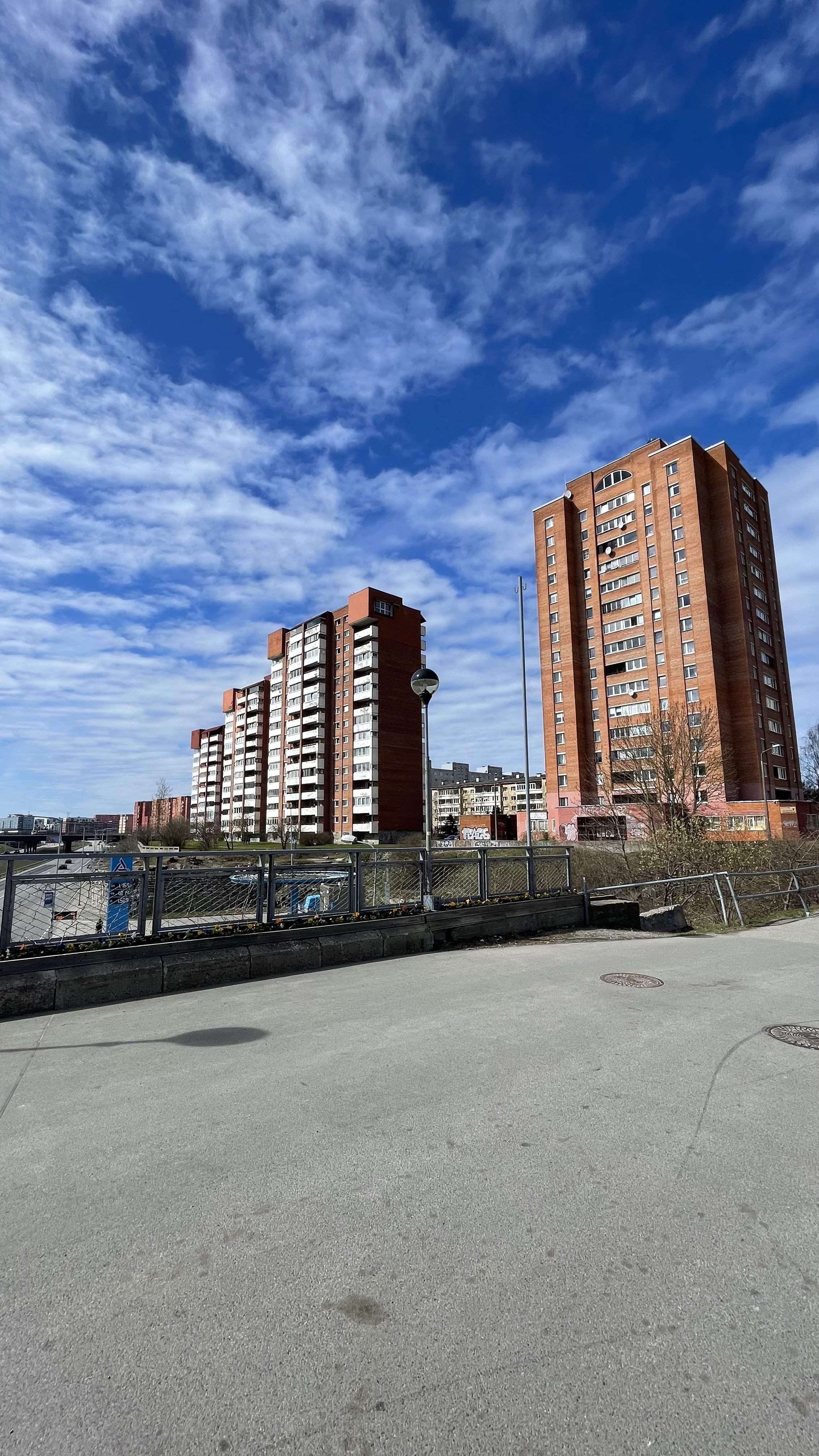INTEGRATING ART PAVILLION IN A MIKRORAYON | Lasnamäe Pavilion
While I am good 6 months pregnant, in the midst of my last commissions before maternity leave and still in full time studies for Masters, I had to seek out an internship, an internship that is not due until Fall but I want and need to finish before the baby comes. I am very happy that I finally met Ieva Jakuša, the creator of Blockhouse Community Digital Archive, the author or I grew up in a blockhouse and a fellow designer who has studied abroad and conducts her work in Latvia. I am very passionate about her work and am happy to intern for her, so this was a reason for us to finally meet. She offered to meet in Tallinn and visit together the Lasnamäe Pavilion which is integrated in Lasnamäe mikrorayon; you know you have found the right people that offer the most appropriate meeting spots.
I was very excited to visit the pavilion and a neighboring country's version of a mikrorayon, the concept in itself is very appealing and current. When we got there, my excitement was overflowing my capacity, my first sighting of visitors were two locals with 2 liters of beer in an according condition, which I gotta say, were really on brand. The pavilion is located in Lasnamäe for the next 2 years as the Tallinn Art Hall premises are under renovation, purely practical I'd say. After seeing the content exhibited in the pavilion we had a chat with a guide about the reality of being located in such a neighborhood and I wanted to share them.
The art exhibited is contemporary art and the exhibition program is the same one that was intended for the original premises, so there is already a dissonance between these two spaces and their contexts; the entry is free into the pavilion which is important to mention. I guess I am spoiled by the current events in the museum culture, I am used to seeing artist statements or descriptions of artwork within the exhibition, so you are introduced to the role that this particular art piece is playing in the whole exhibition, what it tells further and with what tools. Well this was missing, I mean, not missing but 2 euros away, so we run into this exhibition not being intellectually accessible to non-art, non-academic viewers, in a way gate kept from anyone curious who happens to pop by in the pavilion.
Early on we noticed the lack of local community engagement - there is interest in visitors but the pavilion is not fostering this engagement to benefit the local community, so integration of the pavilion is a broad statement, I’d say it is more a plant there. It seems that the pavilion is living its own life alienating the community, especially knowing that most of the 115 000 inhabitants are Russian and Russian speaking, the pavilion made a rather aggressive and provocative move by placing a big Estonian flag in the middle of the garden. When looking from the integration perspective of these mikrorayons, this is just making the gap wider and the conversation of bridging this gap even further away. Again these people are not being heard and arguably the mikrorayon culture is being exoticised. I think it would have been interesting to play on the concept of a culture centre which is an important component of a mikrorayon, but make it contemporary and new. Even though the community engagement has become a new necessity or a standard for cultural spaces, this concept of an art pavilion in mundane environments like a sleeping neighbourhood seems like a priority or the good practice.
I am all up for giving new narratives, ideas and visions for the beloved mikrorayon. This clearly was an experiment and has played out in different ways maybe than anticipated; I wish to see something done with our mikrorayons in Riga even just for the sake of experimenting and testing, to connect the community with the art world and have their voices heard.
There cannot be topic of mikrorayon living or culture without the conversation of minorities; the complex political history, alienated people and their experiences and a challenging future. It is comforting to see that this is as complex or even more complex than what we are dealing with in Latvia, Estonia has it's own challenges. That's why it was so significant meeting Ieva for this experience and productive conversations, as her book I grew up in a blockhouse was trying to find a solid middle ground between Latvians and said minorities - plenty of us have grown up in blockhouses, in small, tight apartments and share the same dwelling traditions and that is more than enough of a platform to start a conversation on.
Get Ieva's book in Zuzeum or in Wolt - https://wolt.com/en/lva/riga/venue/zuzeum/book-i-grew-up-in-the-blockhouse-itemid-619ce58c9a218459985262bc
Read blockhouse living testimonies and tell your story here - https://www.blockhouse.community/
ever loving the mikrorayon,
Elīza 🪡











